
5 Types of Garlic You Should Never Buy – Even Sellers Avoid Them!
“Be careful when buying garlic, dear — there are some kinds I wouldn’t even take home myself!” That’s what a vegetable vendor at the market told me, and her warning caught me completely off guard. Who would have thought that such a small kitchen ingredient could hide so many traps?
After checking the pile of garlic in my kitchen, I realized that choosing the wrong cloves could actually harm your health. Here are five types of garlic you should absolutely avoid if you don’t want to invite toxins into your home.
1. Sprouted Garlic – Green but Dangerous
Many people assume that sprouted garlic is “still fresh,” but in fact, the nutrients inside have already been drained to feed the green shoots. According to Vietnam’s National Institute of Nutrition, sprouted garlic can lose up to 70% of its allicin content — the compound responsible for its antibacterial and anti-inflammatory properties (Health & Life Newspaper, 2023).
Even worse, sprouted garlic easily grows mold and may produce aflatoxin, a Group 1 carcinogen linked to liver cancer (source: World Health Organization). The fresh-looking green color may look healthy — but it’s actually a red flag.
2. Moldy Garlic – 68 Times More Toxic Than Arsenic
A neighbor of mine once ended up in the hospital after buying a cheap bag of moldy garlic. It turned out that moldy garlic harbors aflatoxin, a toxin that’s up to 68 times more poisonous than arsenic, according to VnExpress (2022).
And don’t think you can just cut away the bad part — the toxin penetrates deep inside. Always discard cloves with dark spots, blackish stains, or an uneven surface, no matter how small the blemish looks.
3. Dyed Garlic – Made “Beautiful” with Industrial Chemicals
Recent investigations by VietnamNet and Lao Động Newspaper have exposed cases of garlic being bleached or dyed with industrial chemicals to appear whiter and newer. These “perfect” looking bulbs may contain lead, mercury, or synthetic colorants (azo dyes) — all known to damage the liver, kidneys, and nervous system if consumed regularly.
However, not all colored garlic is dangerous. If you see a slight bluish tint, it might just come from Bordeaux mixture, a mild fungicide allowed in agriculture. In that case, washing thoroughly with salt water can make it safe. But if the garlic smells sharp, chemical, or unnatural — skip it immediately.
4. Shriveled or Dried-Out Garlic – A Sign of Nutrient Loss
When garlic is stored too long, it loses moisture and becomes light and wrinkled. It might look fine, but when you squeeze it, the clove feels soft or hollow.
Some suppliers even use radiation treatment to prevent sprouting and extend shelf life. While small doses are considered safe, old garlic that has been dehydrated for months often loses its nutrients and can harbor bacteria if stored in humid conditions.
Always check the weight and firmness — the heavier and tighter the bulb, the fresher it is.
5. Garlic with Strange Odors – A Warning of Bacterial Contamination
Good garlic should have a mild, spicy aroma. If you smell something sour, rotten, or chemical-like, that’s a sign of decay. Such cloves may contain harmful bacteria like E. coli or Salmonella — both of which can cause severe food poisoning, diarrhea, or even life-threatening infections (WHO Food Safety Bulletin, 2024).
Remember: if it smells off, throw it away — your health is worth far more than a few cloves of garlic.
3 Tips for Choosing Safe, High-Quality Garlic
-
Check the outer skin: The peel should be intact, even in color, and free of black or gray spots. Purple-skinned garlic is often richer in antioxidants than white ones.
-
Squeeze before buying: A good bulb should feel solid and heavy, not soft or hollow.
-
Smell carefully: Avoid anything that smells overly chemical or sour — it’s a clear warning sign.
Garlic is a staple in every kitchen, known for boosting flavor and immunity. But don’t let its simplicity fool you — the wrong choice could be toxic. Next time you go shopping, keep these tips in mind and choose wisely for your family’s health.
News in the same category


How single drop of toxic metal led to teacher's agonizing death 10 months later

LeBron James Makes History as First Professional Male Athlete to Receive a Barbie

This Dad Did The Sweetest Thing When His Daughter Got Stage Fright During Her Ballet Performance

This Family Bought The Land Their Ancestors Picked Cotton On And Hosted An Unforgettable Holiday Gathering

Elder Virginia Smith Celebrates 100th Birthday by Reflecting on a Century of Life & Legacy

7-Year-Old Participates In National School Walkout Alone, Says ‘You Are Never Too Little To Make A Difference’

Black-Owned Dallas Restaurant Closes Weekly To Serve And Uplift The Homeless

’You Don’t Get to Take Advantage’: Son of Angie Stone and D’Angelo Says the Days of ‘Fake’ Friends and Family Using His Mother Is ‘Done’

Don’t Throw Away Expired or Leftover Beer — Use It for These 8 Surprising Purposes!

How to Make Dracaena Fragrans (Corn Plant) Bloom

3 Types of Coffee That Can Help You Live Longer — and Protect Your Heart and Brain
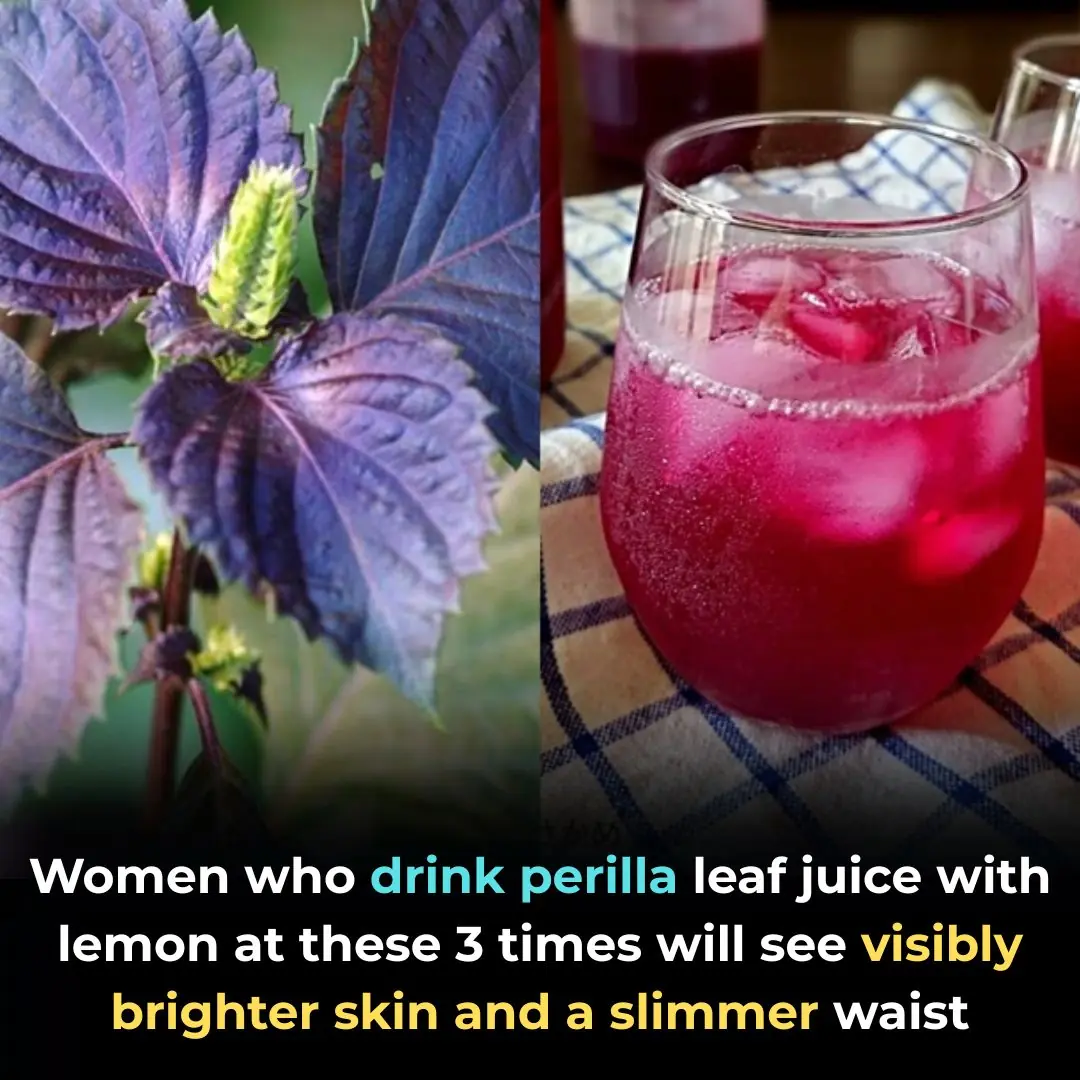
Women Who Drink Perilla Leaf Water with Lemon at These 3 Times See Clearer Skin and a Slimmer Waist
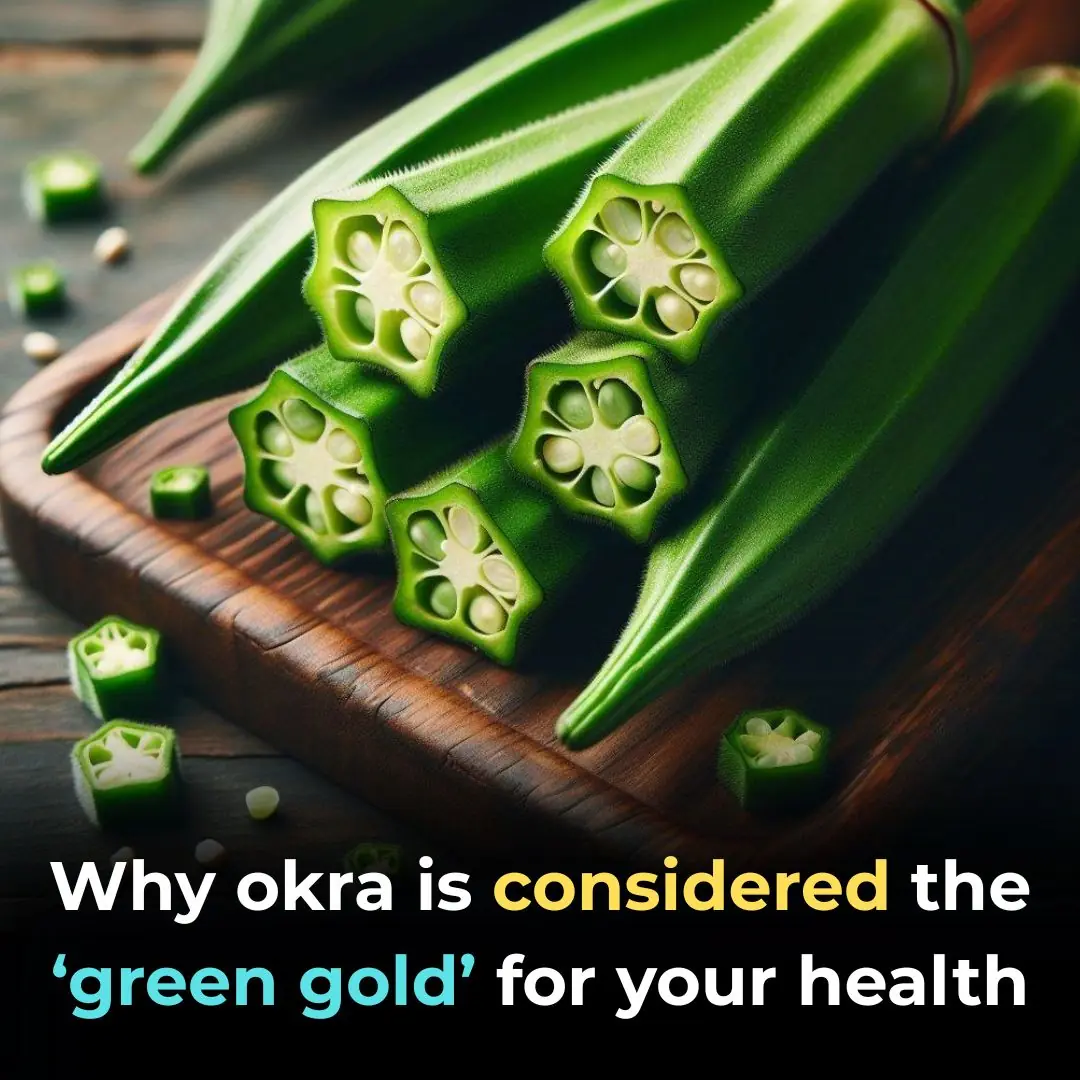
Why Is Okra Considered “Green Gold” for Health?

Two Zodiac Signs Should Avoid Planting the ZZ Plant — Or Risk Wealth Flowing Away
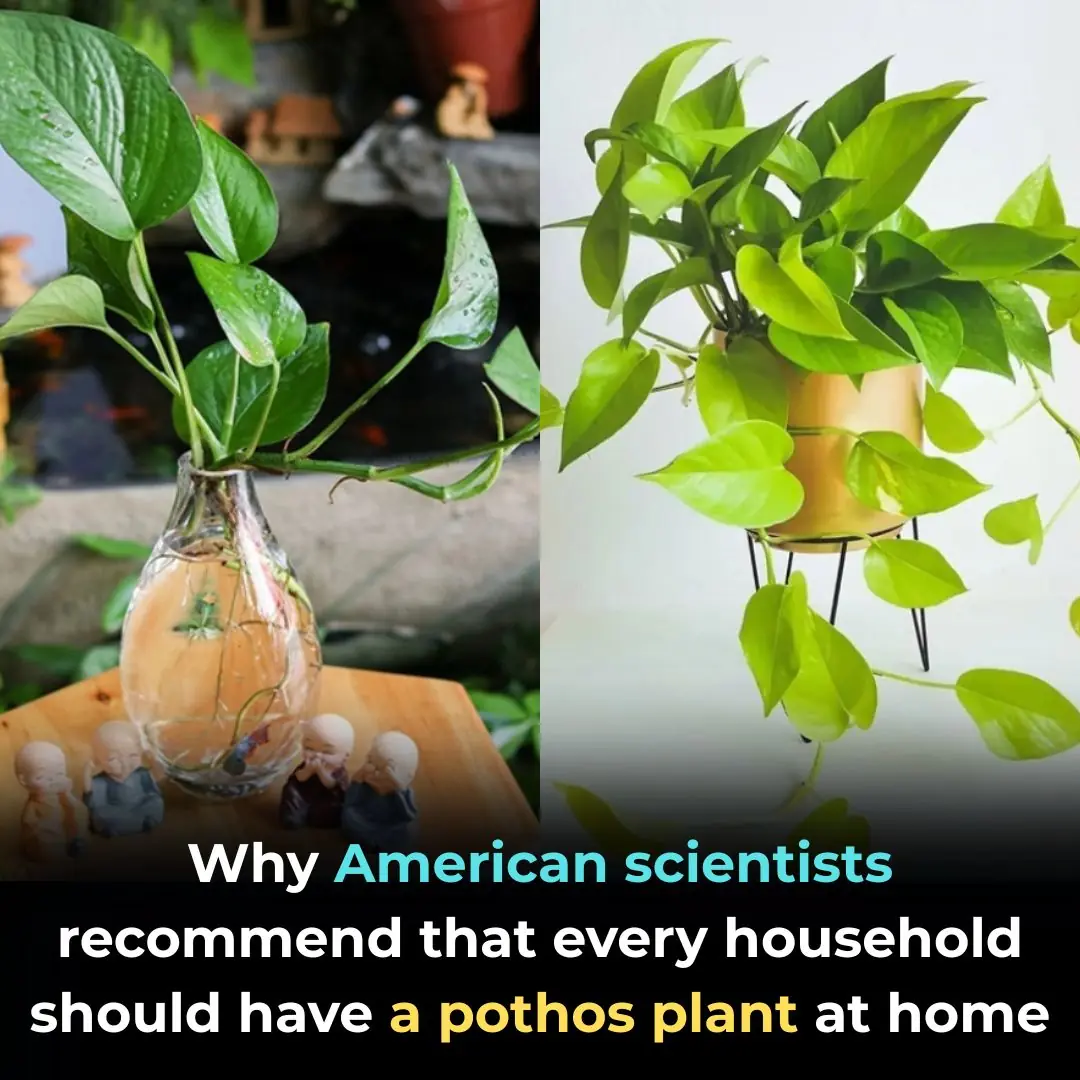
Why American Scientists Recommend Every Home Should Have at Least One Golden Pothos Plant

JD Vance responds after vile Telegram messages from Young Republican group chat are leaked

9-Year-Old Entrepreneur Opens A Coffee Shop That Employs People With Special Needs

All The Feels: Daughter Moves Wedding To Hospital So Her Terminally Ill Father Can Walk Her Down The Aisle
News Post

Published 10:25 15 Oct 2025 GMT+1 Warning issued as YouTuber has phone explode on him for first time ever during insane bend test video

How single drop of toxic metal led to teacher's agonizing death 10 months later

Freddie’s Fight: A Young Warrior’s Journey With Childhood Cancer

Officer Goes Above and Beyond: Turns a Traffic Stop Into a Lesson in Kindness

A Life Saved in the Icy River: When Compassion Transcends Species
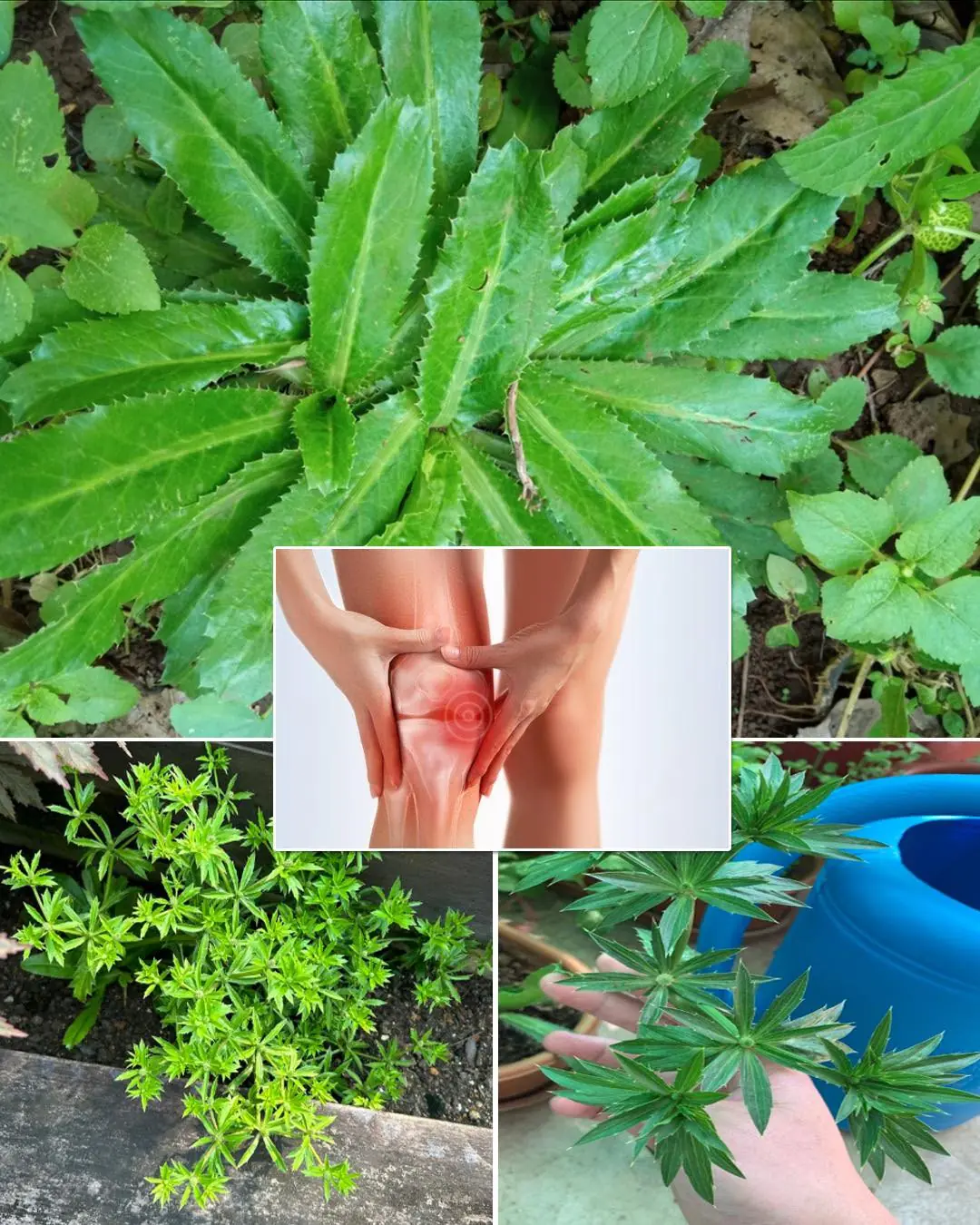
Culantro Herb Benefits and Uses: The Powerful Healing Plant You Should Try
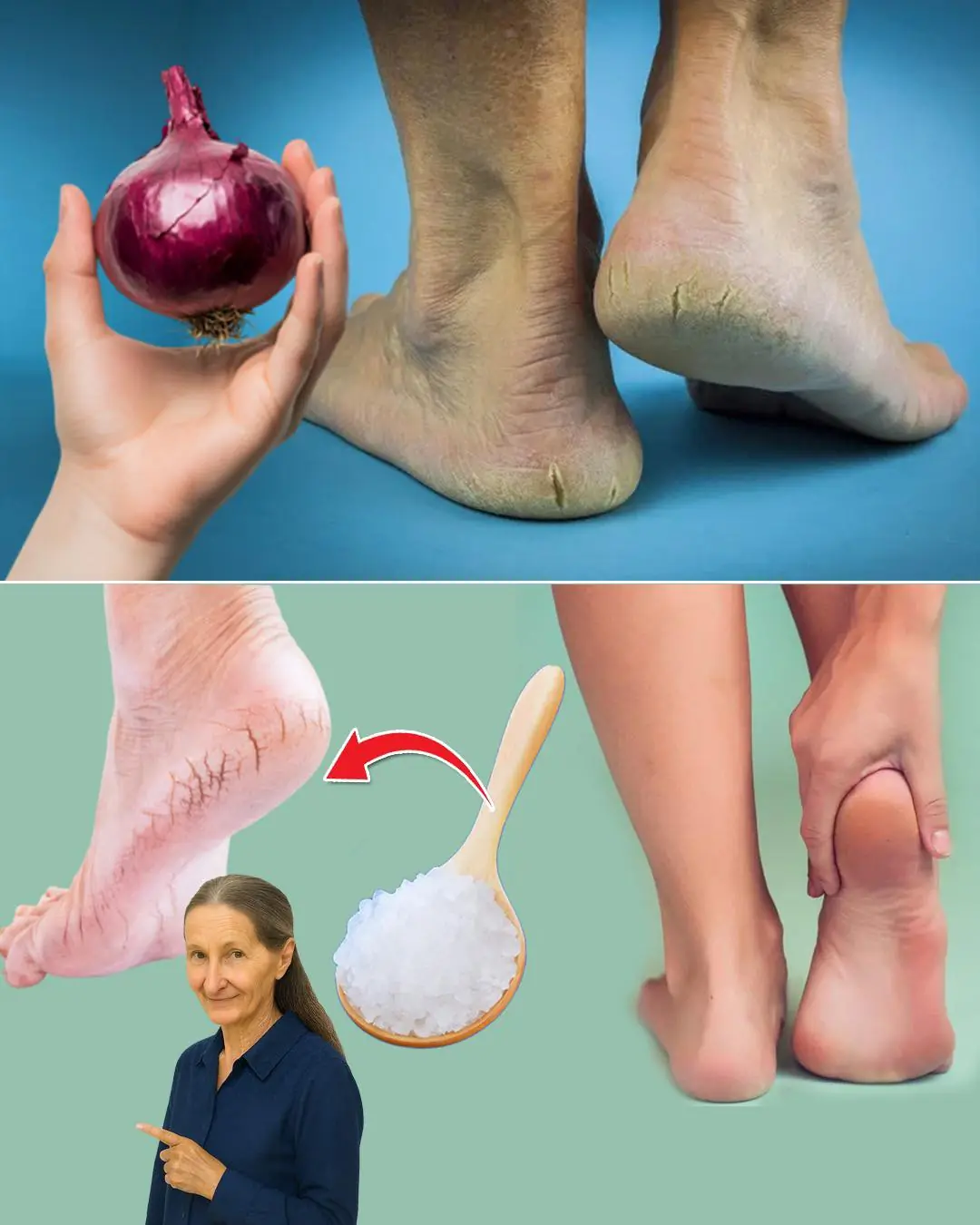
5 Natural Remedies for Cracked Heels: Red Onion, Sea Salt & More

Raheem Cooper: A UPS Driver’s Act of Kindness Saves an Elderly Woman's Life

Pumpkin Health Benefits: The Forgotten Superfood You Need Daily
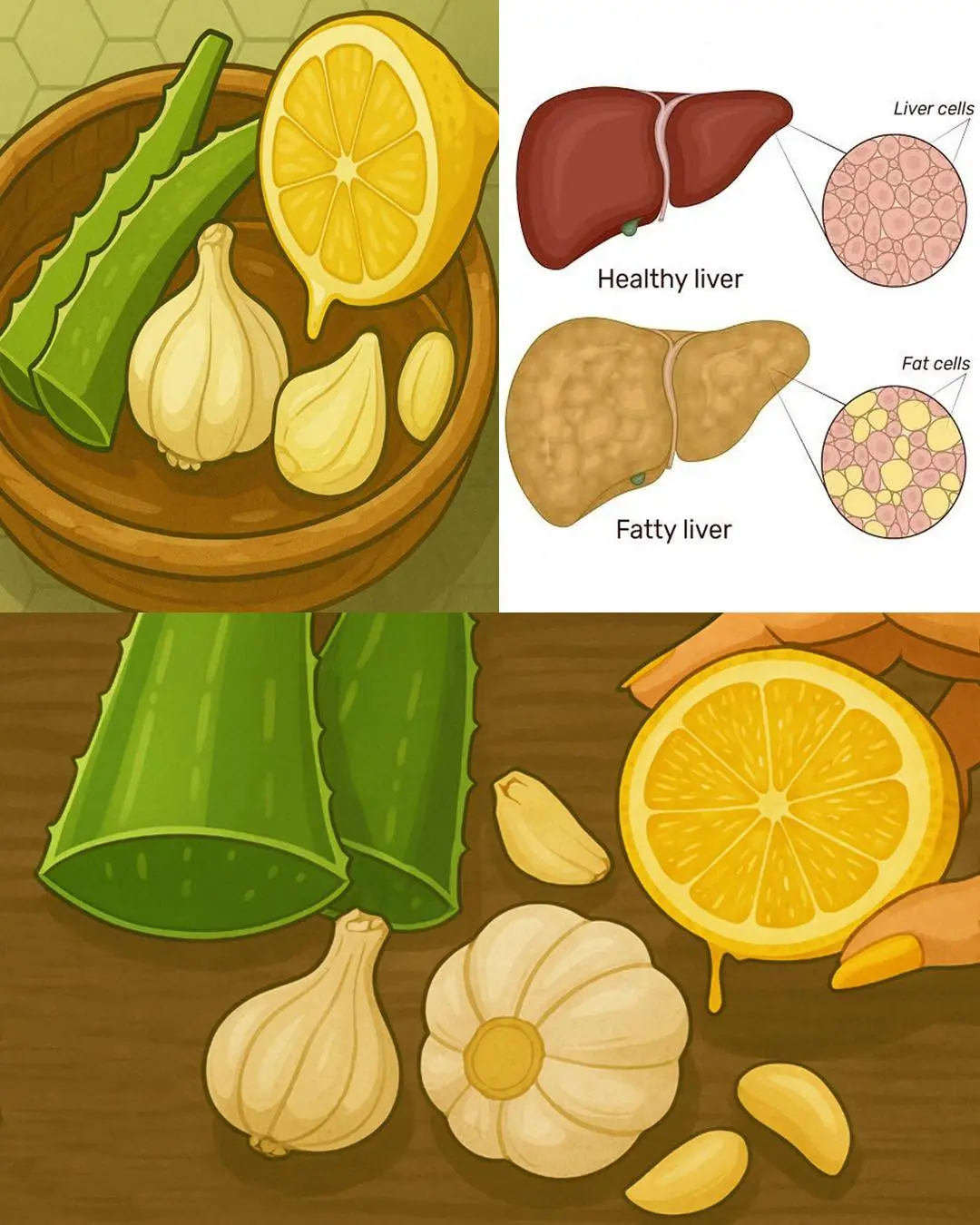
Aloe Vera Super Remedy: Stronger Than Garlic, Lemon, and Fights Bacteria & Fungi Naturally

Three Years of Waiting: The Shelter Dog Still Hoping to Be Chosen

Lamb’s Quarters/Wild Spinach a superfood with health benefits

Powerful Cinnamon, Ginger, Bay Leaves, and Cloves Drink: Health Benefits & How to Use It

At 89, She Thought Her Dog Days Were Over — Until a Special Rescue Changed Everything
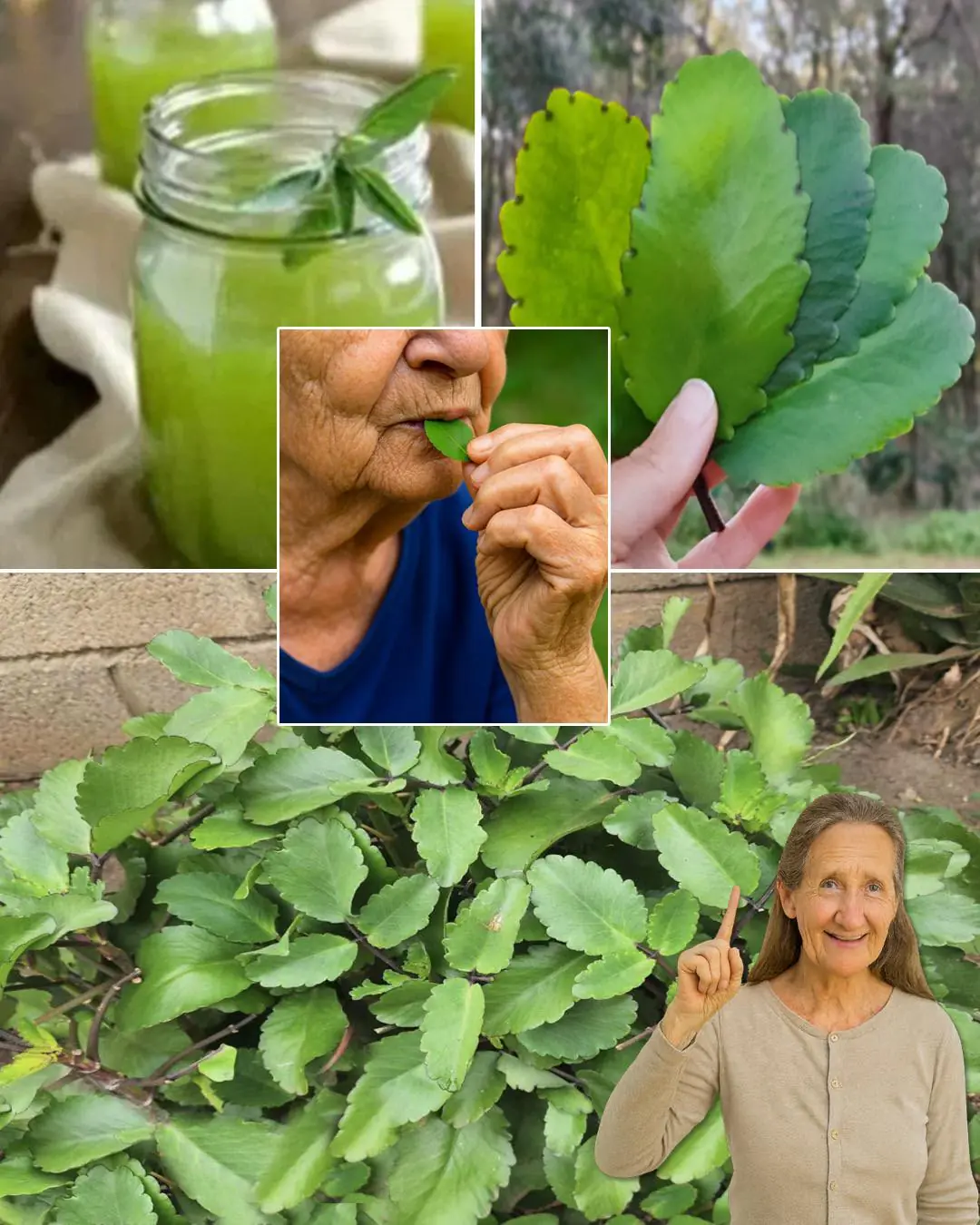
7 Benefits of the Miracle Leaf of Life

A Parent’s Love Beyond Blood: Celebrating the Unspoken Bond with Pets
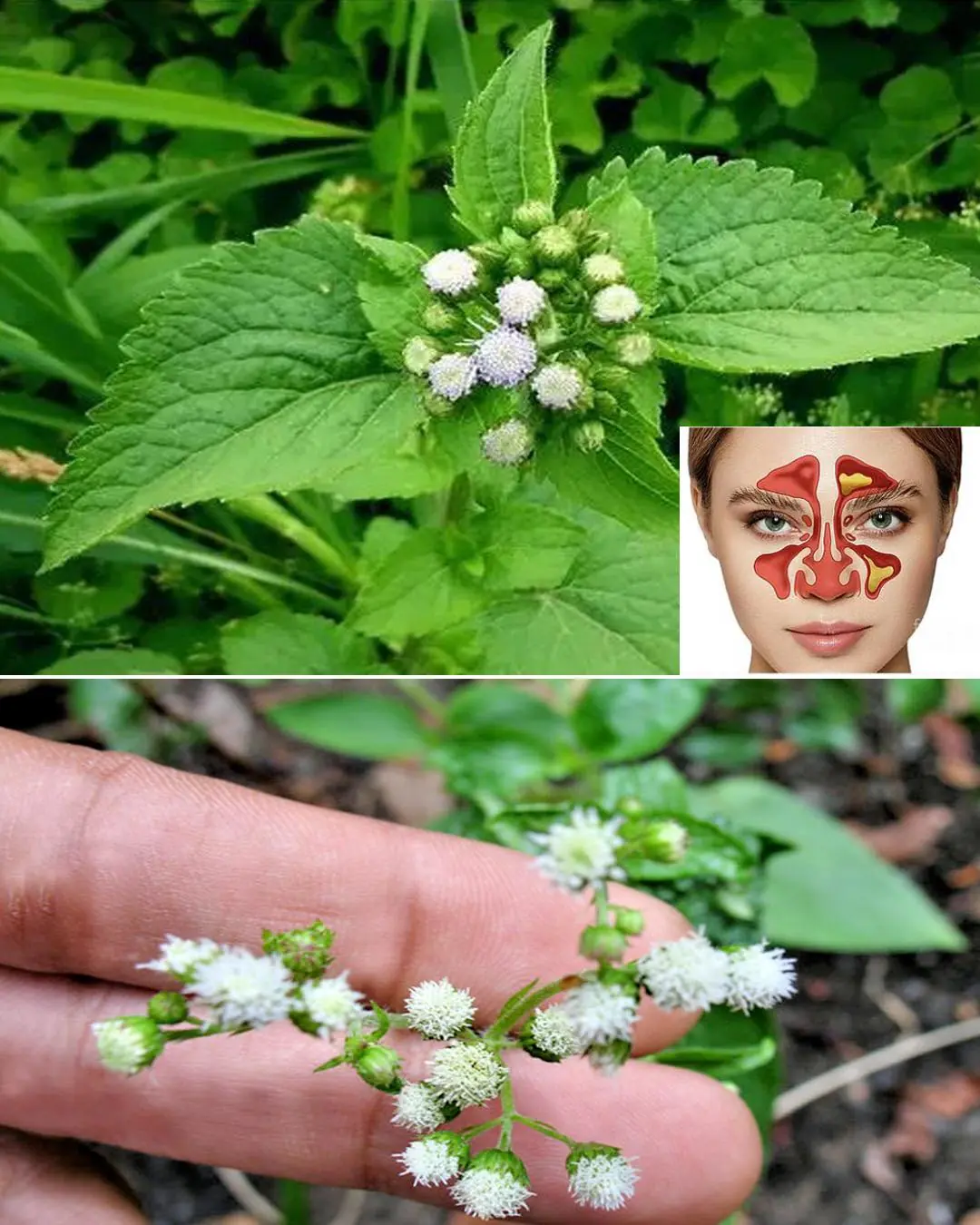
7 Benefits and Uses of Ageratum conyzoides

The Hug of a Cheetah.

A Farewell Among the Flowers.
